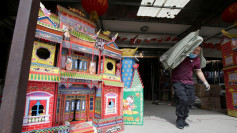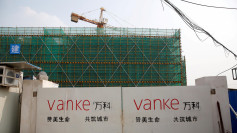Markets on the Asia-Pacific region have started to succumb to the global slowdown of economies. CNBC reported that markets from South Korea to Singapore started off the week trying to contain the damage. This is due to investors taking to heart what they learned with recently released government data from China, where the marked decline was revealed.
The data from the government revealed that, in December, China's import and export rates fell. It wasn't surprising, as it was an expected result of the fallout from the US-China trade war. But this made investors stay away from stocks involving Chinese imports and exports. The slowdown was also seen as a consistent sign that the domestic economy was in for rough times before leveling out once again.
One of the key things to watch, however, was the Chinese trade surplus that it had with the US. Analysts kept a cautious eye on it even though the trade war happening between Beijing and Washington. Despite that said war, it posted a growth of 17 percent-the highest since China started posting growth back in 2006. This is also separate from the fact that the trade surplus the previous year was still low, compared to 2013 figures.
It isn't only China that's suffering in the face of the global economic cooldown, though. On the other end of the table, the US is also reeling from the harmful effects of the said phenomena. Investors have shied away from doing risky business, according to Bloomberg. That is, they instead funneled their investments to other funding that make profits in the face of market crashes.
Trading in the US had almost gone the way of the bear. However, even with stocks like the S&P 500 posting an 11 percent rebound, the sentiment remained that investors are wary with what data about the global economy shows, not to mention that China and the US have yet to return to the table to speak of a deal between countries.
The end of the dispute should bring about a growth in China's economy last seen when the country made its reputation as a 'new' global power. China's central bank posted a 6.7560 growth against the dollar on opening-the best it's ever been since July 19, 2018. The exchange rate was given a 2 percent margin of error against the official daily rate it has done.





